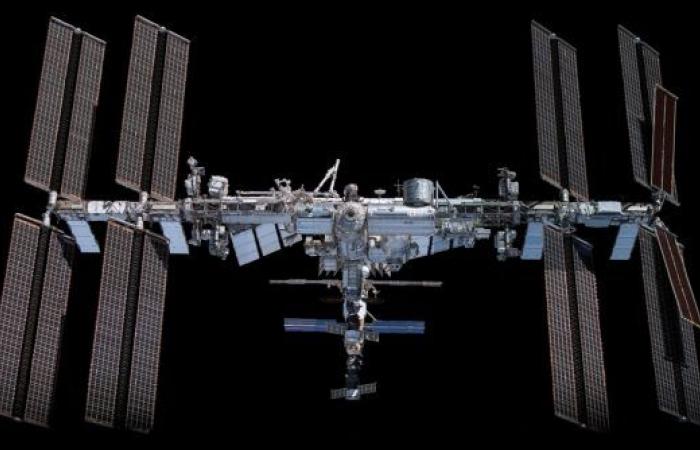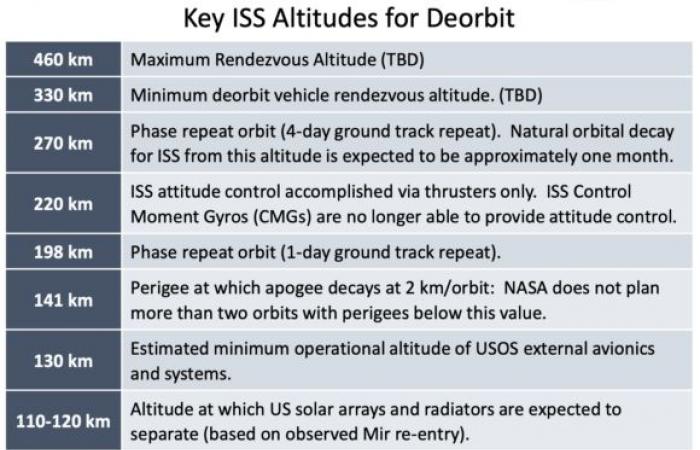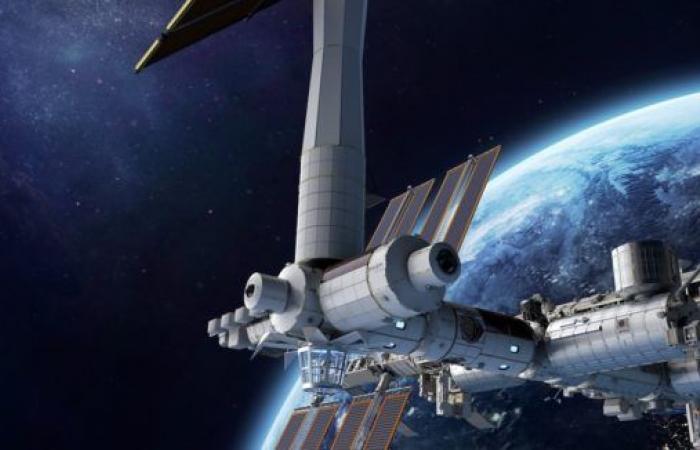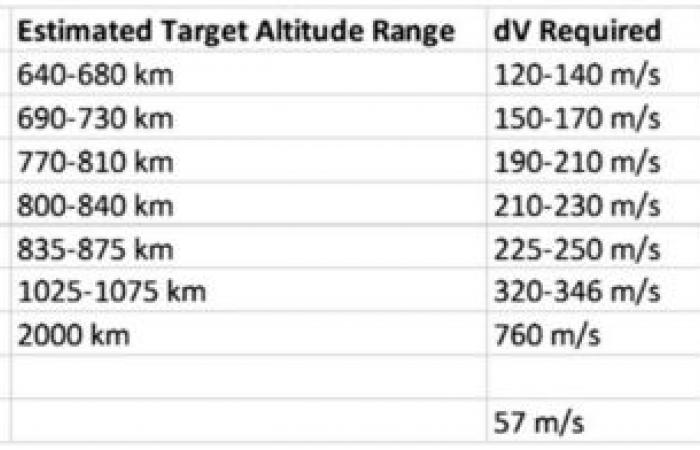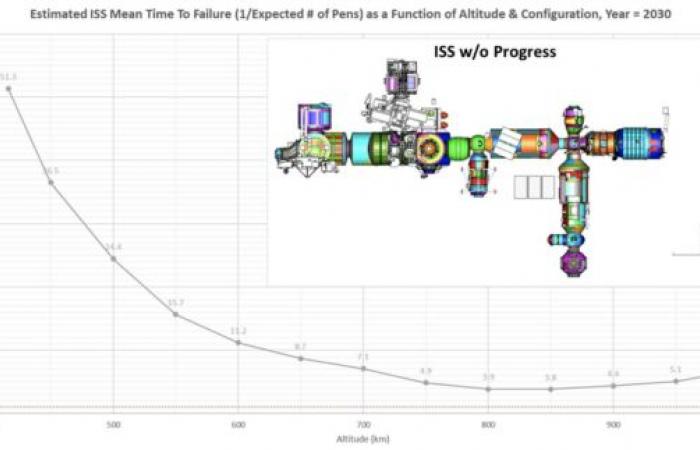The International Space Station (ISS) is the largest structure ever launched by Humanity into space. But, with a mass close to 450 tons, it is also a danger if, for whatever reason, it re-enters the Earth uncontrolled. At the moment the ISS is still active and its orbit is regularly raised by Russian Progress cargo ships or by the engines of the Russian Zvezdá module (recently, also by American Cygnus cargo ships, although not on a regular basis). These ignitions are necessary to compensate for the small but constant atmospheric braking that takes place at 400 kilometers altitude. However, the ISS has an expiration date imposed by the project’s partner countries: 2030. That means that some plan is needed to safely deorbit this enormous structure.
The idea is to have the station re-enter over a remote region of the South Pacific, specifically in the SPOUA area (South Pacific Ocean Uninhabited Area), near the famous Pole of Inaccessibility in the Pacific, better known as Point Nemo. Until two years ago, the plan was to use three Russian Progress spacecraft and the engines from the Zvezda module. The reason for using so many spacecraft is that the Progress main engine has only 300 kgf of thrust and allows for burns of up to 900 seconds in duration (the Zvezda engines have 315 kgf thrust and there is no set limit to the burn duration – thanks to the fuel layer cooling of the nozzles – but fuel reserves are limited). In the model scenario from a few years ago, the ISS would be deorbited in December 2030. Depending on solar activity, which regulates atmospheric braking, the station’s orbit would be lowered from 2026 or 2028. By June 2030, the ISS’s altitude would have dropped to below 330 kilometers around and the crew would evacuate the station. Between that month and November 2030, the three Progress spacecraft would be launched to lower the station’s orbit. Once the station reached an altitude of 270 kilometres at perigee, Zvezda’s engines would be fired to ensure a controlled reentry into the Pacific.
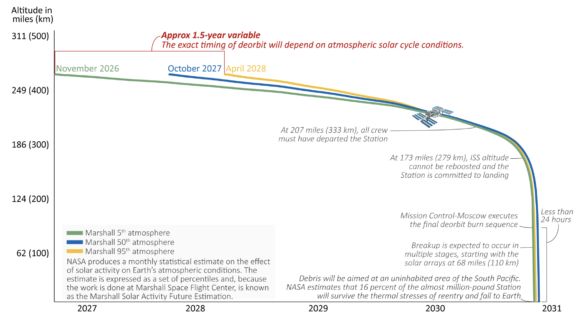
This plan has several drawbacks, among which we can mention the uncertainty of solar activity or the problem that a delay or cancellation of one of the Progress launches would entail. But the main one is, logically, that it depends totally and exclusively on the participation of Russia, a country that since the invasion of Ukraine in 2022 has repeated on several occasions its determination to abandon the ISS sooner or separate part of the Russian segment to create a station. own. Roscosmos’ current plans are to leave the ISS in 2028 and build a new all-Russian station called ROS. Therefore, and although this date will surely be delayed – in the same way that the ISS is likely to remain active beyond 2030 – when NASA wants to deorbit the ISS it will surely not be able to count on Russia. Or, in any case, he cannot risk Russia deciding not to cooperate with the liquidation of the station.
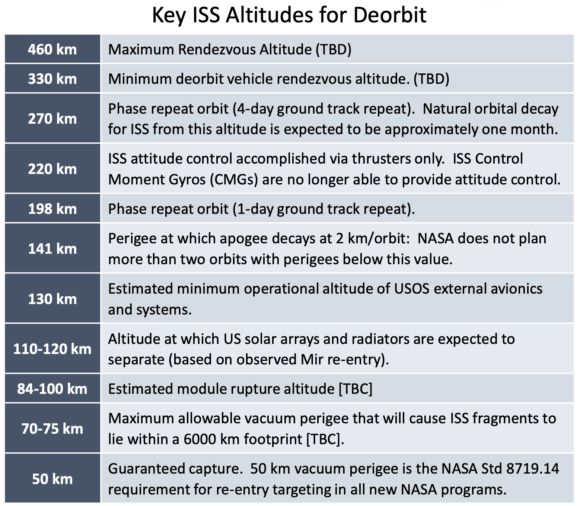
For this reason, NASA decided in March 2023 to build a specific spacecraft that would allow the ISS to be safely deorbited sometime in 2030 or 2031 or, if the partners decide to extend the life of the station, later. NASA weighed other options to destroy the ISS, such as dismembering it little by little, selling it to a private contractor or elevating it to a high-altitude orbit, but concluded that the best thing was to deorbit it (the company Axiom will begin to assemble its station docked with the ISS before separating it, but it is a different case). The vehicle that will be responsible for destroying the largest, most expensive and complex space structure in history is called USDV (United States Deorbit Vehicle) and on June 26, the space agency awarded a contract to SpaceX worth $843 million for its development. Unlike the cargo Dragon and Crew Dragon that SpaceX launches to the ISS, the USDV will be owned by NASA, not Elon Musk’s company, and will be operated by the space agency.
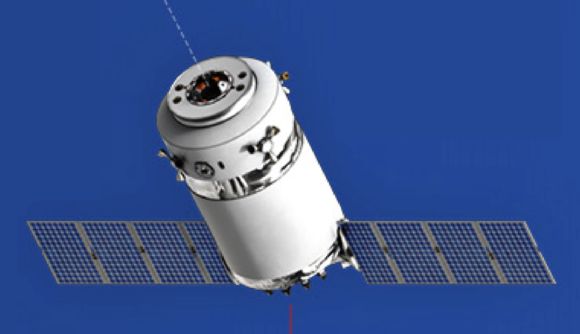
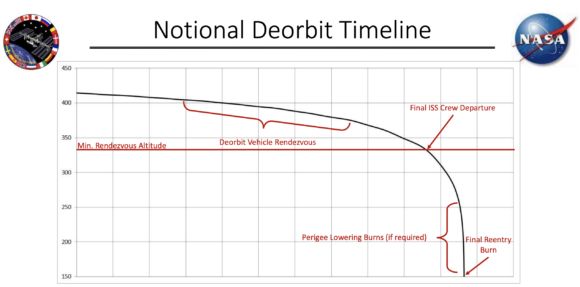
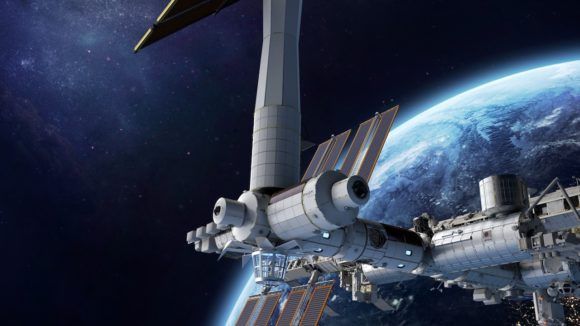
Neither NASA nor SpaceX have released details of the USDV design, but it is expected to be a relatively large craft so that it can carry enough propellants for safe reentry (on the order of 20 tons). According to the agency’s requirements, the USDV will have to be docked with the station for up to a year and will have to be able to generate a thrust of at least 3.24 kilonewtons in order to reach the Delta-V necessary for deorbiting (41-47 m/s) within the space of an hour. However, the thrust cannot exceed 6.2 kN so as not to endanger the structural integrity of the ISS (the final burn should have a Delta-V of 30 m/s with a duration of up to 40 or 60 minutes to ensure a perigee of 50 kilometers and destruction in the atmosphere in the South Pacific). NASA has stated that the USDV will be developed from Dragon, though the USDV is unlikely to resemble those craft because it doesn’t need a return capsule—the mass of the heat shield means less propellant to slow the station down—and because Dragon’s four Draco main engines are pointed in the wrong direction. We know, then, that the USDV will be a modified Dragon of sorts, likely without a capsule, with an altered “trunk” so that the package can carry enough propellant (more than 8 tons) to deorbit the ISS. It’s also possible that the USDV will share design elements with the Dragon XL cargo craft that will be used on the Gateway lunar station. And before anyone asks, no, the USDV will not be a Starship variant because such a large vehicle isn’t needed and because the power of the Raptors could potentially breach the station’s structure (in addition to the difficulties associated with docking such a large craft with the ISS).
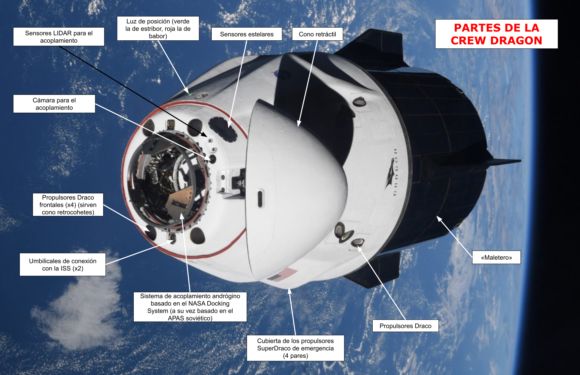

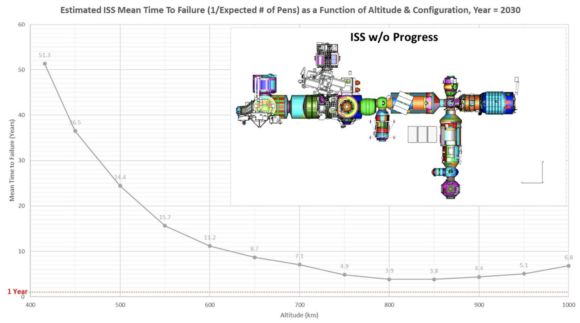
Personally, my favorite option for the ISS is to leave it in an orbit of more than 600 kilometers in altitude so that it remains there for many decades or centuries as a monument to human creativity and our species’ capacity for collaboration, but I understand that this is not feasible. due to the cost—it would require many cargo ships—and the risks: the ISS can be fragmented by meteoroid impacts or space debris, or by depressurization of certain parts, creating a very serious space debris problem. And the higher the altitude, the greater the probability of suffering a destructive impact. An energy impact could completely fragment the ISS and leave low orbit almost unusable for centuries (laugh at the movie Gravity). In any case, the later we see the USDV in action, the more time the ISS will have to continue receiving astronauts from all countries… except China.

References:
- https://www.nasa.gov/news-release/nasa-selects-international-space-station-us-deorbit-vehicle/
- https://www.nasa.gov/wp-content/uploads/2024/06/iss-deorbit-analysis-summary.pdf

